Ang Tawag:
A Drama Collage on the Soul Journey of Seminarians in their Calling for Priesthood
- A Theatrical Review -
Over a week ago, on the 22nd of
August, I had the pleasure of being invited to the celebration of the Immaculate Heart of Mary Seminary’s 62nd
foundation day. Fr. Ramon Oncog, the
school’s rector, belongs to my circle of grown-up friends called the Albasiyan
Family that has a culture of having each other over during our lives’
significant days. In his words we were
there just as they, “priests, would be at yours and your children’s birthday
parties.” He loves the school very much
and considers it to be his own child.
We, of course, came over very gladly to show our support.
The highlight of the evening was a theatrical
presentation called Ang Tawag, which
translates to English as “The Call.”
Upon reading the title on the program flyer, I was immediately reminded
of a song of the same title performed by the Irish singing group, Celtic Woman,
written by composer David Downes. I
can’t help but notice the parallels of the song to the calling being referred
to when a man decides to tell himself, “I am becoming a priest.”
Directed by renowned Boholano director and
composer, Maestro Lutgardo L. Labad, Ang
Tawag was neither a straight play nor a musical, as I was initially
inclined to think. It was a devised
theatre collage which explored the hardships and joys of aspiring priests from
the time the calling is received to the structured and isolated life lived within
the walls of the seminary. Its aim, as I
interpreted it, was to convey to the public a message that would tear down
collective misconceptions about seminarians and men’s individual journeys
towards priesthood.
I have a number of personal friends who get
emotional when relating stories of how their fathers left them in the seminary
right when they entered adolescence. Ang Tawag tells us that such things
don’t happen anymore and the decision to choose a priestly vocation is now
always based on a Divine call received inwardly rather than an imposition by
other people.
The collage was not your typical theatrical
show where a third party writer would lend his material to a production company
and actors would interpret it with as much artistic juice as they can muster. It was different because the stories came
from the seminarians themselves. They
were real experiences recounted by the school’s third year Humanities class as
short scenes depicting family life, friendship, community spirit, difficulty,
and the immense challenge of self-restraint as the young men train themselves
to dedicate their entire existence to serving the Divine Purpose the Roman
Catholic way.
In a conversation with three of the boys,
Daryl, Lopfer, and Colin, I was told that there was very little difficulty in
achieving the production because they did not need to pretend to function in
unfamiliar situations as an actor would in a normal play. Daryl, one of four writers who came up with
poems and sonnets featured in the collage, said that all they had to do was
channel their consciousness as though they were dealing with their family,
peers, or classmates in a normal scenario and not much acting would be required
except for those who were assigned to take on female roles. It was basically 29 seminarians telling
people, “this is our life,” as Lopfer put it.
Maestro Labad’s role in it was primarily to train them to drop their
inhibitions and allow themselves to be as sharing and open as possible—to
remove any propensity to hold back when relating their lives to other
people. When that happened, all there
was to do was piece the jigsaw pieces together to form a beautiful picture.
Maestro Gardy, as we fondly call him, was
not alone in making it all happen. He
sought the help of Bohol’s trusty local theatre group, Teatro Bol-anon, where
the expert production staff was handpicked from. Assisting Gardy in directing was Mr.
Tertuliano Camacho, Jr. Mr. Jay Banquil
handled Choreography; Ms. Evelyn C. Silva managed the sound; Ms. Charo Mae Apipe
for lights; Mr. Jerameel Decasa was technical director; and Mr. Rodolfo Cuhit
was their acting coach. It was a
blessing for the boys to have had the opportunity to work with such talented
people and, likewise, for the staff for the joy of getting to know the inside
tales first hand.
I also had the privilege of speaking with
Fr.Val Pinlac, the academic dean and vice rector of the seminary, who, along
with Fr. Oncog, was co-producer and co-initiator of the endeavor. He expressed how happy he was of the turnout
and audience response. “It would have
been harder for the boys because they had very little time to work on it,” he
said. “But they did it!”
Ang Tawag was awesome
as far as I’m concerned. It began with
the smooth sound of a choir and transitioned from chorale singing to individual
scenes through a series of sonnets. The
first part portrayed the young men’s different social backgrounds and scenes
depicting the elements that led them to answer to the call. It mostly showcased the heavily Catholic
setting of typical Boholano families known for producing a huge number of the
nation’s priests. I paused for a moment
and told myself, “that looks like a scene pulled right out of my grandparents’
living room in Dimiao.” The familiarity
of it made me chuckle.
The second part showed specific challenges
encountered within the seminary. Like I
said earlier, I saw a whole lot of self-restraint and head pounding for the
boys. From the dilemma of whether or not
to have girlfriends, to issues on taking the vocation seriously, to the subject
of vices like drinking and smoking, most of the bases were covered, leading to
a conclusive dance drama which occurred to Maestro Gardy to include. The boys sang and did an interpretative dance
to Basil Valdez’s Lead Me Lord. “Napaiyak ako sa sarili ko,” the Maestro said
when he related how the lightbulb moment came to him while listening to the
song. It was a deeply moving scene that
rendered the audience speechless. I was
left in awe and I could hardly move my hands to clap.
However, it was not just pure melodrama as
one would expect from a life lived away from family while trying to build a
strong bond with a new family and deepening relationships with God. There was a lot of humor in it, too. Most of the seminarians were naturally
comical in the way they portrayed their lives, which goes to show how happy
they were to begin with. Other than
that, because there were no women in the seminary, it was also a laugh gag to
see the young men portray their mothers and grandmothers. With heads draped in colorful veils, they
tried to act as campily as they could without breaking into laughter
themselves. They were very effective and
I believe that owes itself to the fact that they bear great respect for the
women in their lives and they keep them constantly in their hearts.

I now urge the key people in the seminary
to restage the production for a wider audience to experience the same joy my
friends and I had. It is important that
people get to know the things seminarians go through in their journey—not just
when they emerge as priests. Like the
boys themselves said, “Mga tao ra usab kami.”
(We’re only just people.) It is
important that the lay community is given the opportunity to know them that
way.
Bishop Leonardo Medroso and Gov. Edgar M.
Chatto stood up at the end of it with praises calling the performance a “very
rare and moving” one where the young men took their own lives as substance for
a drama. It’s about time others are given the chance to say the same.
The author of this review is not himself Roman Catholic though most
of his family is.
He greatly respects all faith traditions and religions.
______________________________
Seen on Print:
 |
CLICK ON THE IMAGE
to SEE FULL DIGITAL COPY |







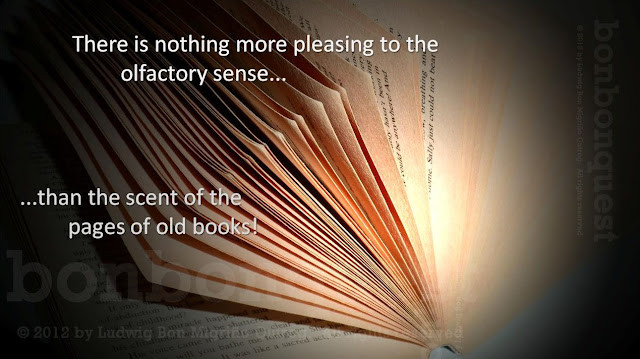

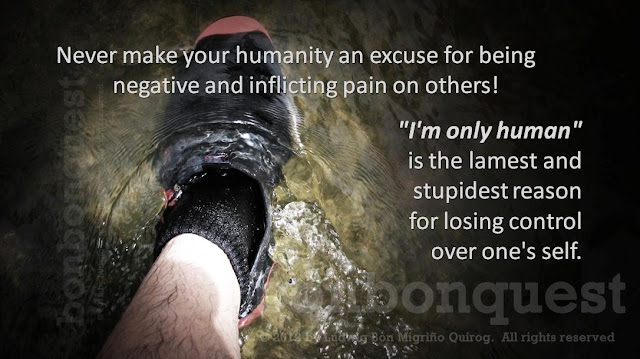





.jpg)



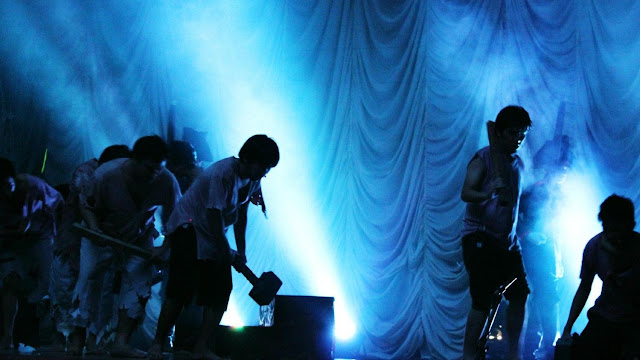.jpg)

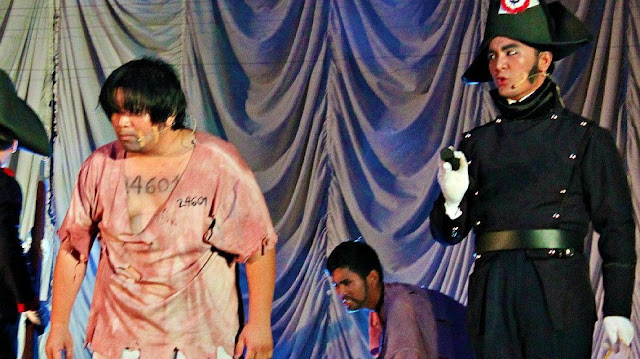


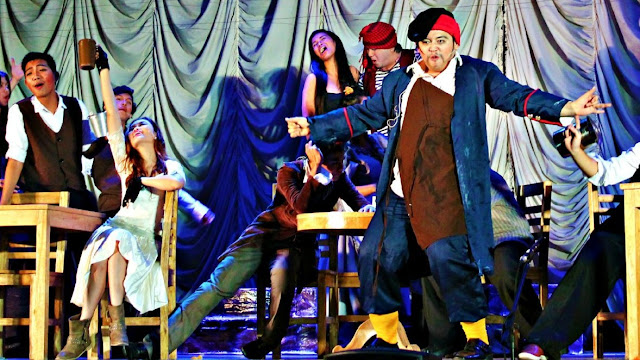
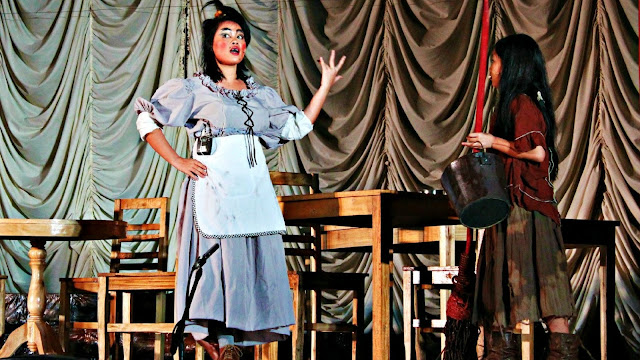


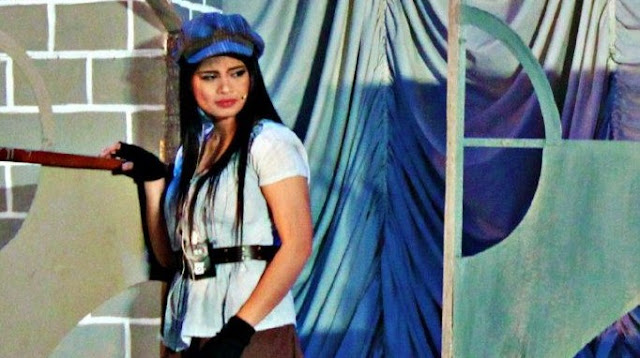

.jpg)
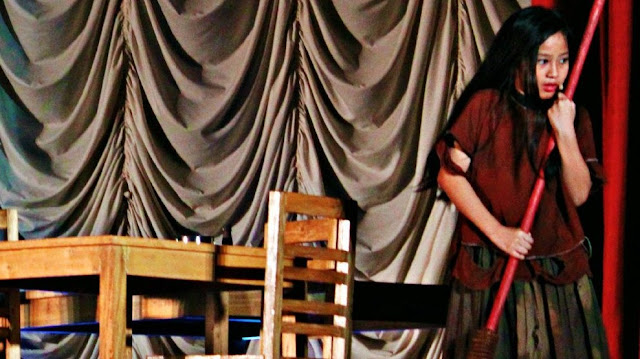

.jpg)

